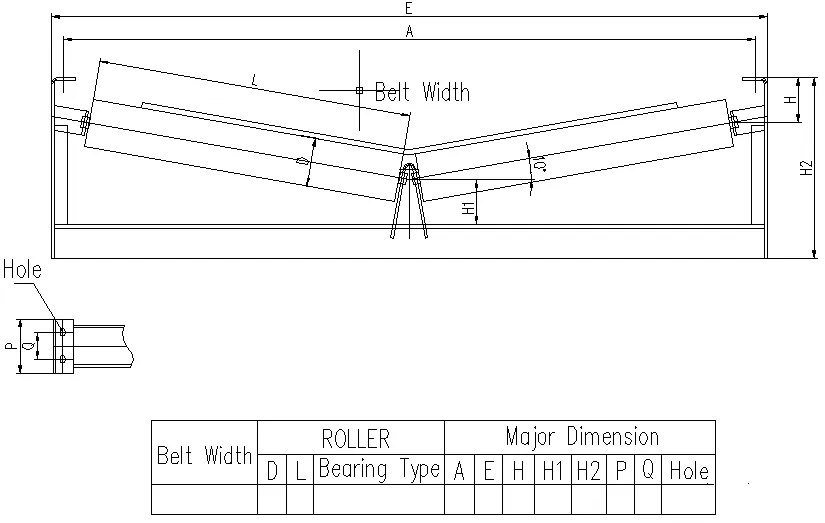 Afrikaans
Afrikaans  Albanian
Albanian  Amharic
Amharic  Arabic
Arabic  Armenian
Armenian  Azerbaijani
Azerbaijani  Basque
Basque  Belarusian
Belarusian  Bengali
Bengali  Bosnian
Bosnian  Bulgarian
Bulgarian  Catalan
Catalan  Cebuano
Cebuano  Corsican
Corsican  Croatian
Croatian  Czech
Czech  Danish
Danish  Dutch
Dutch  English
English  Esperanto
Esperanto  Estonian
Estonian  Finnish
Finnish  French
French  Frisian
Frisian  Galician
Galician  Georgian
Georgian  German
German  Greek
Greek  Gujarati
Gujarati  Haitian Creole
Haitian Creole  hausa
hausa  hawaiian
hawaiian  Hebrew
Hebrew  Hindi
Hindi  Miao
Miao  Hungarian
Hungarian  Icelandic
Icelandic  igbo
igbo  Indonesian
Indonesian  irish
irish  Italian
Italian  Japanese
Japanese  Javanese
Javanese  Kannada
Kannada  kazakh
kazakh  Khmer
Khmer  Rwandese
Rwandese  Korean
Korean  Kurdish
Kurdish  Kyrgyz
Kyrgyz  Lao
Lao  Latin
Latin  Latvian
Latvian  Lithuanian
Lithuanian  Luxembourgish
Luxembourgish  Macedonian
Macedonian  Malgashi
Malgashi  Malay
Malay  Malayalam
Malayalam  Maltese
Maltese  Maori
Maori  Marathi
Marathi  Mongolian
Mongolian  Myanmar
Myanmar  Nepali
Nepali  Norwegian
Norwegian  Norwegian
Norwegian  Occitan
Occitan  Pashto
Pashto  Persian
Persian  Polish
Polish  Portuguese
Portuguese  Punjabi
Punjabi  Romanian
Romanian  Russian
Russian  Samoan
Samoan  Scottish Gaelic
Scottish Gaelic  Serbian
Serbian  Sesotho
Sesotho  Shona
Shona  Sindhi
Sindhi  Sinhala
Sinhala  Slovak
Slovak  Slovenian
Slovenian  Somali
Somali  Spanish
Spanish  Sundanese
Sundanese  Swahili
Swahili  Swedish
Swedish  Tagalog
Tagalog  Tajik
Tajik  Tamil
Tamil  Tatar
Tatar  Telugu
Telugu  Thai
Thai  Turkish
Turkish  Turkmen
Turkmen  Ukrainian
Ukrainian  Urdu
Urdu  Uighur
Uighur  Uzbek
Uzbek  Vietnamese
Vietnamese  Welsh
Welsh  Bantu
Bantu  Yiddish
Yiddish  Yoruba
Yoruba  Zulu
Zulu conveyor pulley components
Understanding Conveyor Pulley Components A Comprehensive Overview
Conveyor systems are the lifeline of many industries, facilitating the efficient movement of goods and materials. At the heart of these systems lies the conveyor pulley, a fundamental component that plays a critical role in the operation of conveyor belts. Understanding the various components of conveyor pulleys is essential for optimizing system performance and ensuring longevity.
What are Conveyor Pulleys?
Conveyor pulleys are cylindrical devices used to support the conveyor belt and its load. They are situated at both ends of the conveyor system, as well as at various points along the belt, to maintain tension and provide the necessary tracking. The main functions of conveyor pulleys include changing the direction of the belt, supporting the weight of the conveyor system, and tensioning the belt to prevent slippage.
Types of Conveyor Pulleys
There are several types of conveyor pulleys, each designed for specific purposes within the conveyor system
1. Drive Pulleys These are powered pulleys that provide the necessary force to move the belt. They are typically located at the discharge end of the system, where the material is loaded onto the belt. Drive pulleys are equipped with a surface that ensures a grip on the belt to avoid slippage.
2. Idler Pulleys Idler pulleys do not transmit power but are crucial for supporting the belt and maintaining its tension. They are strategically placed along the conveyor to reduce sagging and ensure that the belt remains aligned as it moves through the system.
3. Tail Pulleys Located at the end of the conveyor system, tail pulleys play a vital role in tensioning the belt and supporting its return path. They prevent undue strain on the belt and maintain its structural integrity.
4. Snub Pulleys These pulleys are used to adjust the angle of contact between the conveyor belt and the drive pulley. By doing so, they increase the friction between the belt and the drive pulley, enhancing the belt's ability to transport loads effectively.
conveyor pulley components

5. Take-Up Pulleys Take-up pulleys are utilized to adjust the tension of the conveyor belt. They can be either automatic or manual, allowing operators to maintain optimal tension, which is crucial for system efficiency and longevity.
Components of Conveyor Pulleys
Each type of pulley comprises several key components that contribute to its functionality
- Shell The outer cylindrical part of the pulley, usually made of steel or other durable materials. The shell's design can vary, including smooth or crowned profiles, depending on the application's requirements.
- End Discs These are the flat, circular plates that form the ends of the pulley, providing structural support to the shell. They are typically welded or bolted to the shell for added strength.
- Axles The axle is the central shaft around which the pulley rotates. It is crucial for maintaining the pulley’s integrity and allows it to be mounted on the conveyor frame.
- Bearings Located within the pulley assembly, bearings support the axle and allow for smooth rotation. High-quality bearings are essential for reducing friction and wear, thus increasing the lifespan of the pulley.
- Lagging This is a layer of material applied to the pulley surface to enhance grip and prevent slippage. Lagging material can be rubber, ceramic, or other advantageous materials designed to suit specific applications.
Conclusion
Conveyor pulleys are essential components of conveyor systems, providing the necessary support, tensioning, and movement for efficient material transport. Understanding the different types of pulleys and their components can significantly improve the performance and reliability of conveyor systems. Proper selection, installation, and maintenance of conveyor pulleys will ensure smooth operations, minimize downtime, and enhance the overall productivity of industrial processes. As industries continue to evolve, the importance of optimizing conveyor systems through quality pulleys and components remains a priority for achieving operational excellence.
-
Revolutionizing Conveyor Reliability with Advanced Rubber Lagging PulleysNewsJul.22,2025
-
Powering Precision and Durability with Expert Manufacturers of Conveyor ComponentsNewsJul.22,2025
-
Optimizing Conveyor Systems with Advanced Conveyor AccessoriesNewsJul.22,2025
-
Maximize Conveyor Efficiency with Quality Conveyor Idler PulleysNewsJul.22,2025
-
Future-Proof Your Conveyor System with High-Performance Polyurethane RollerNewsJul.22,2025
-
Driving Efficiency Forward with Quality Idlers and RollersNewsJul.22,2025





























